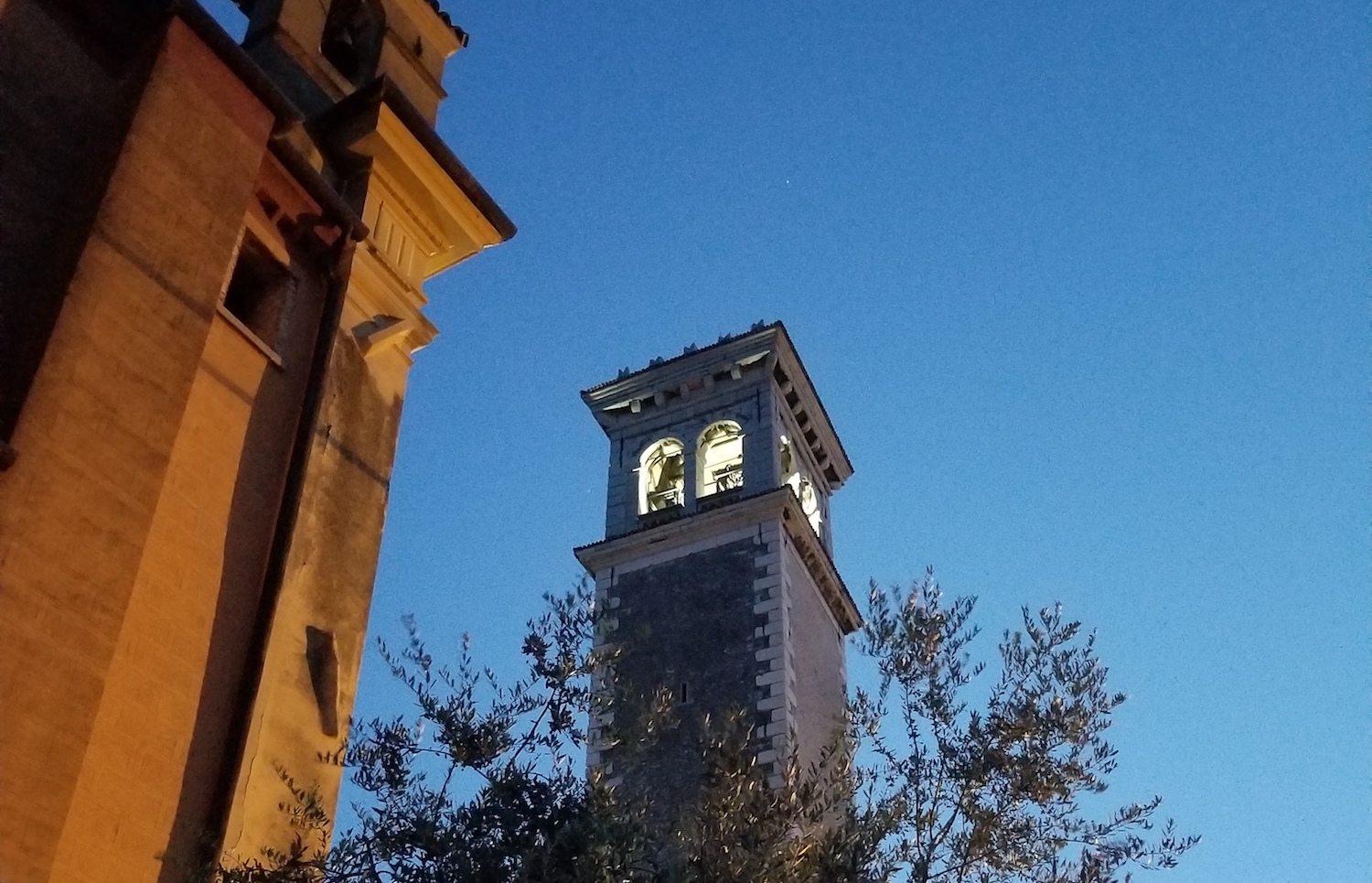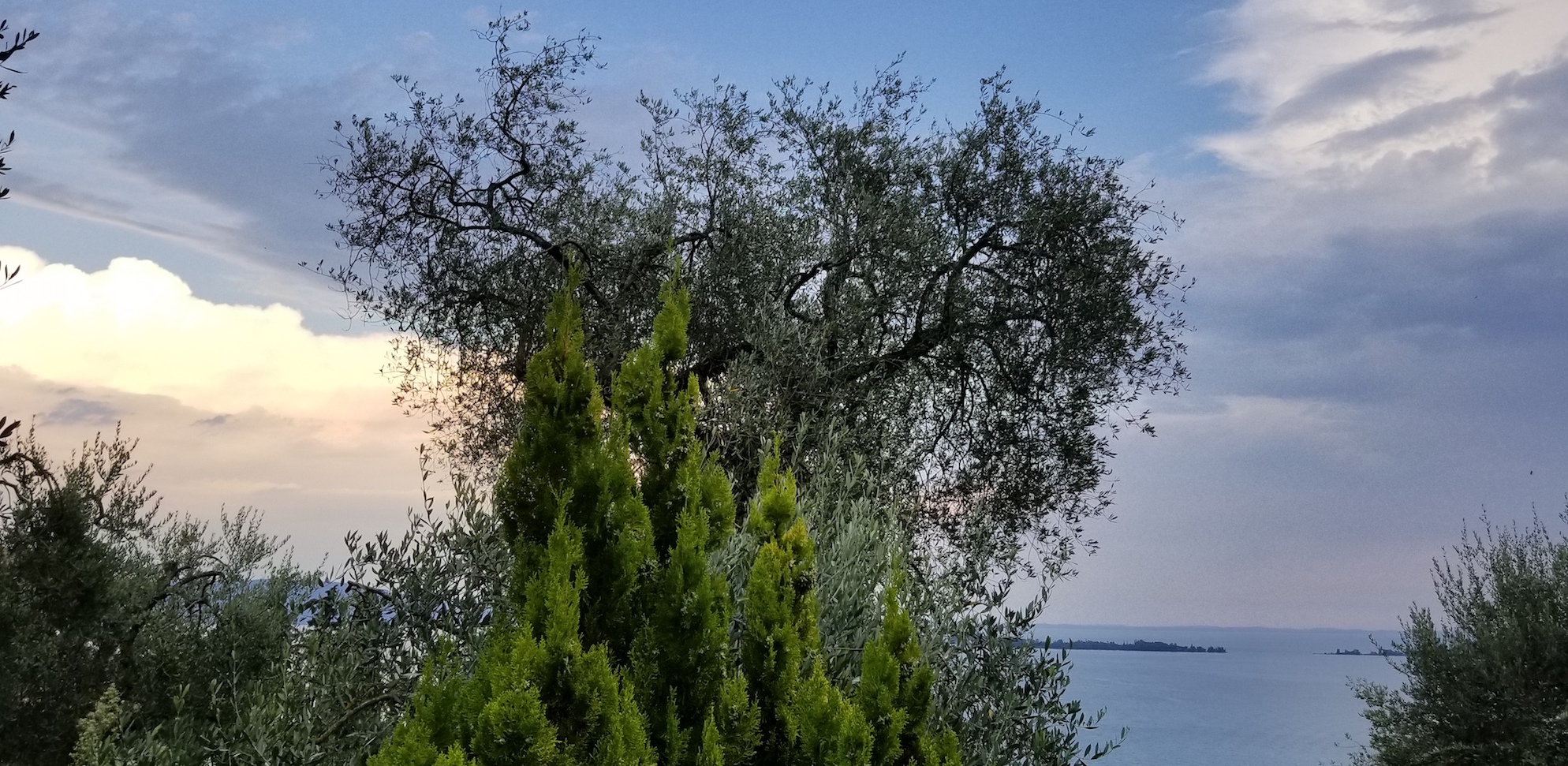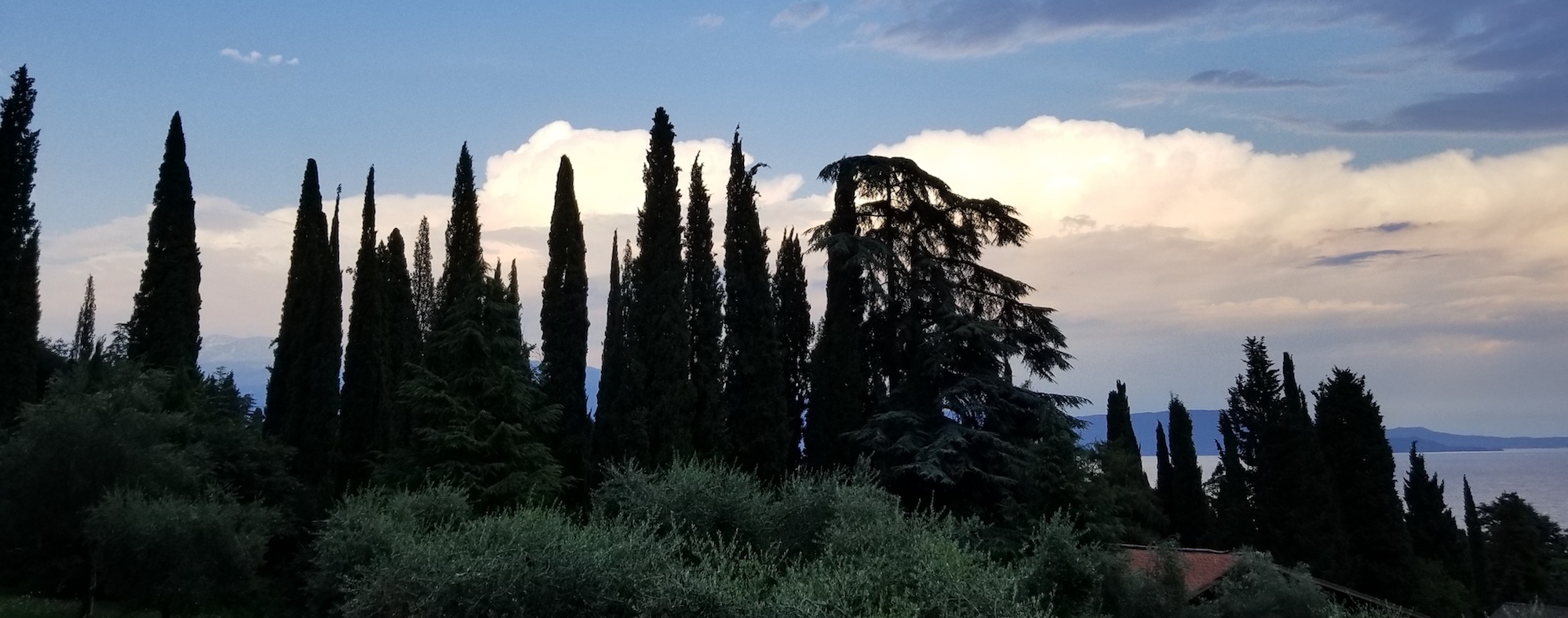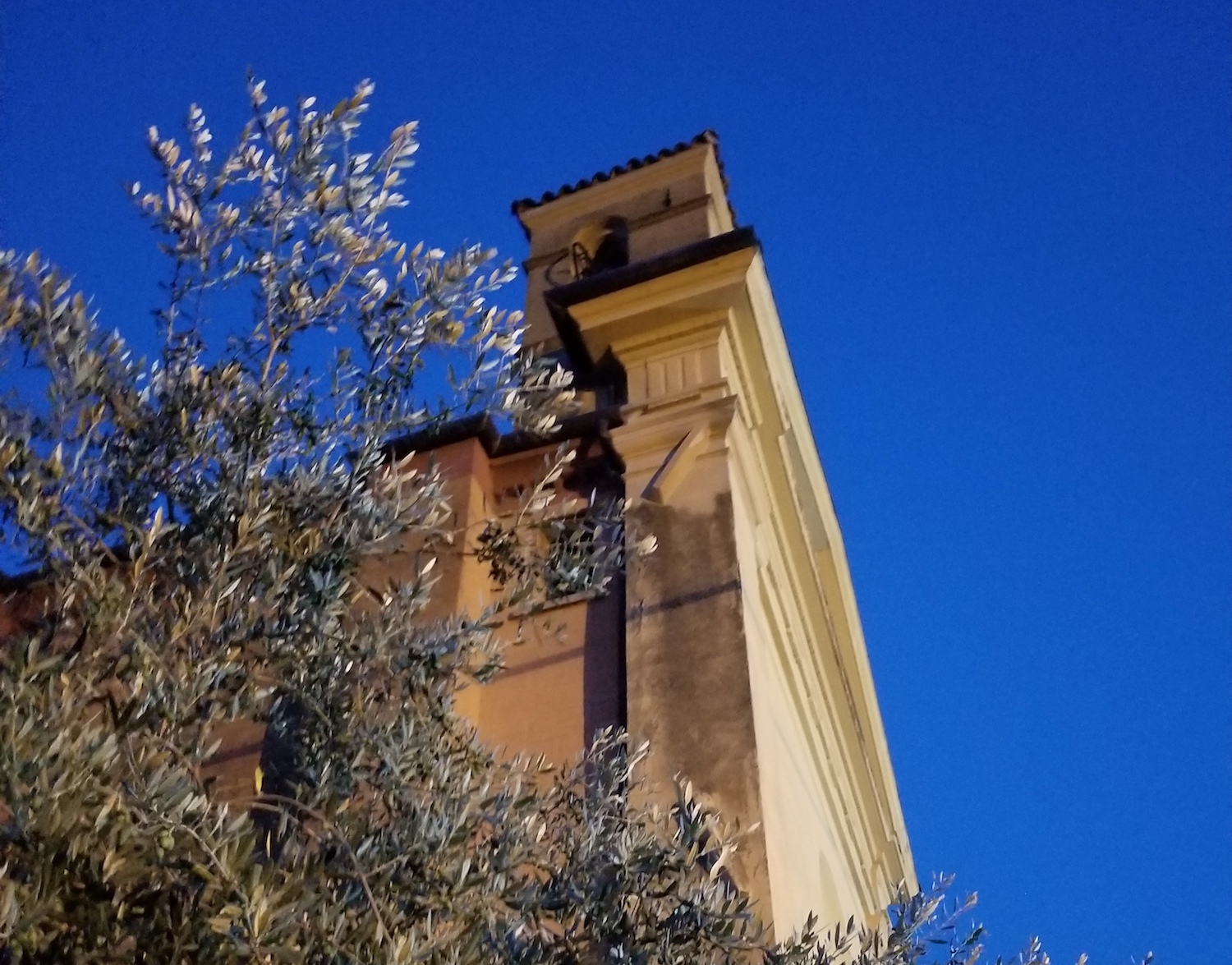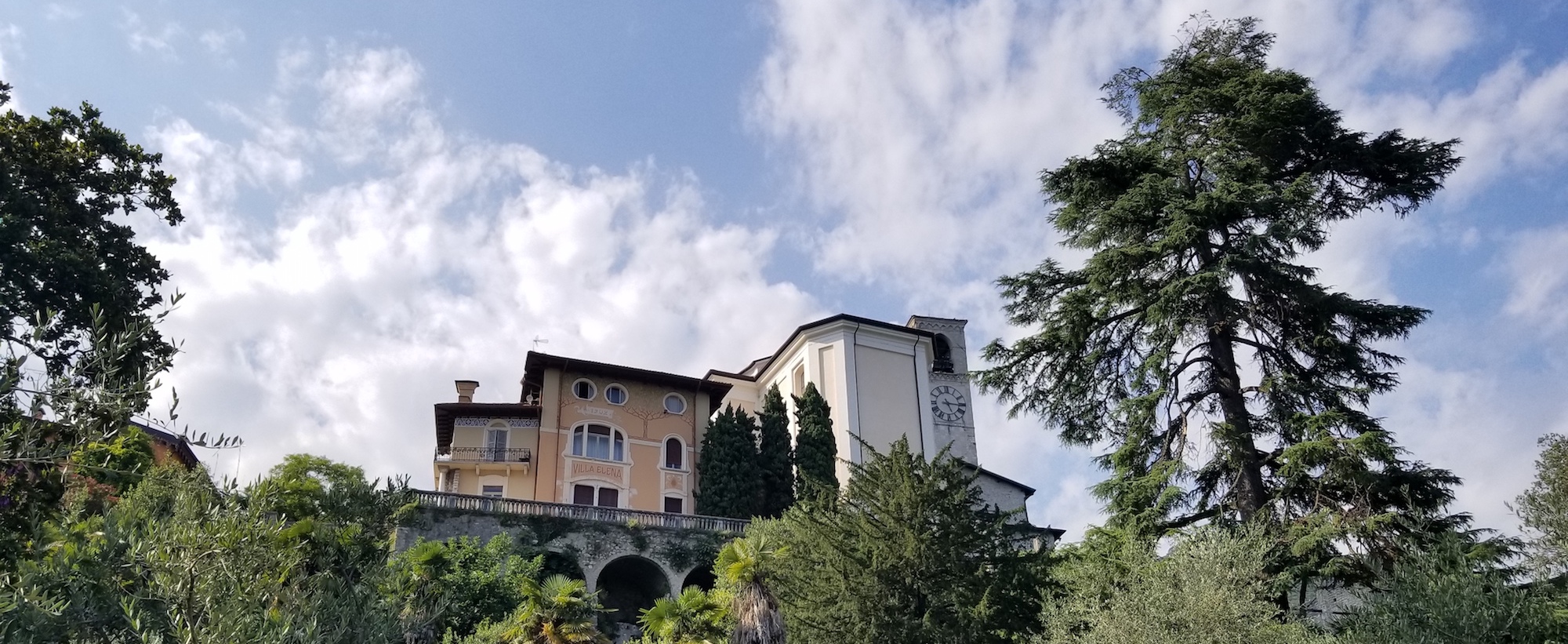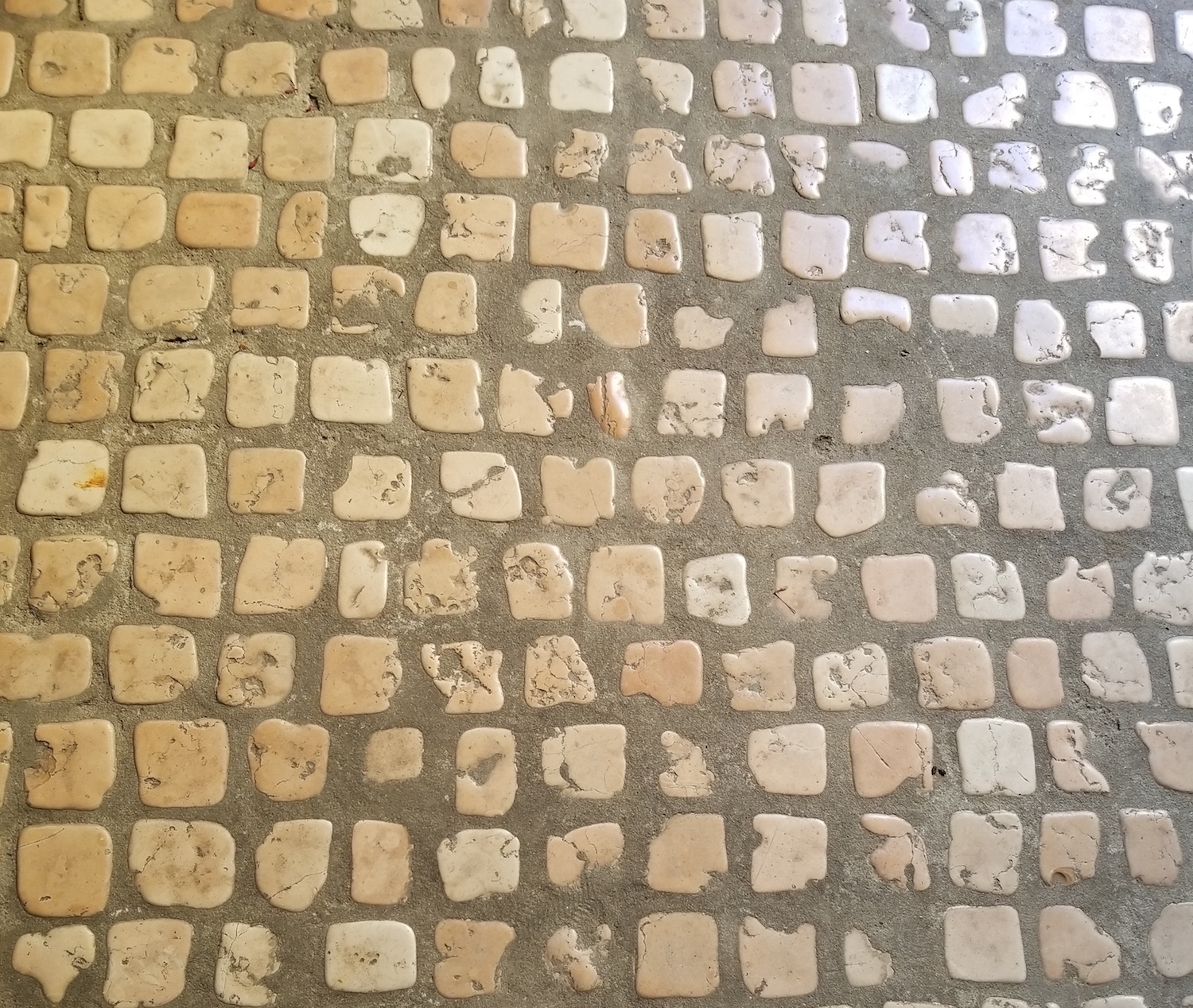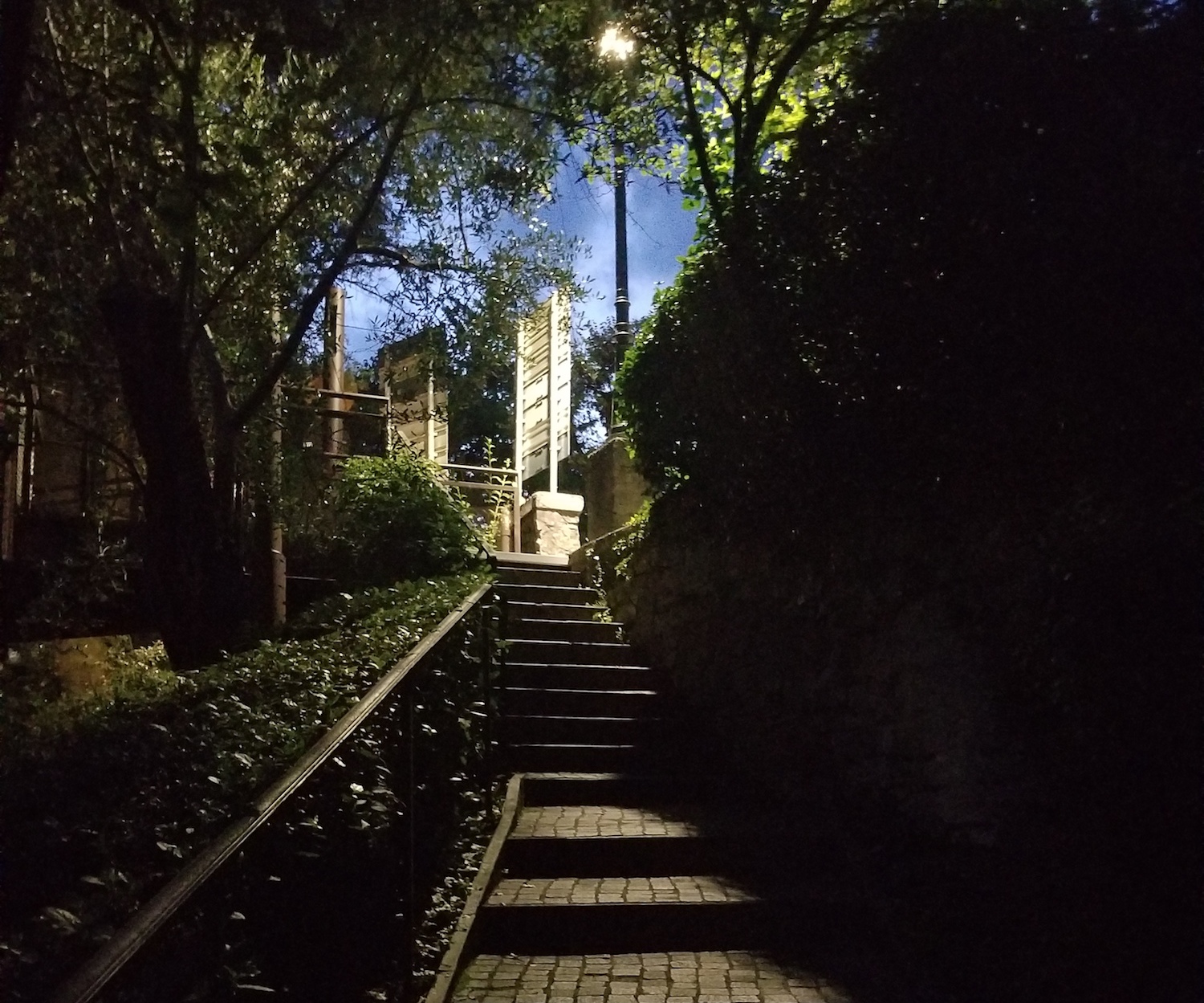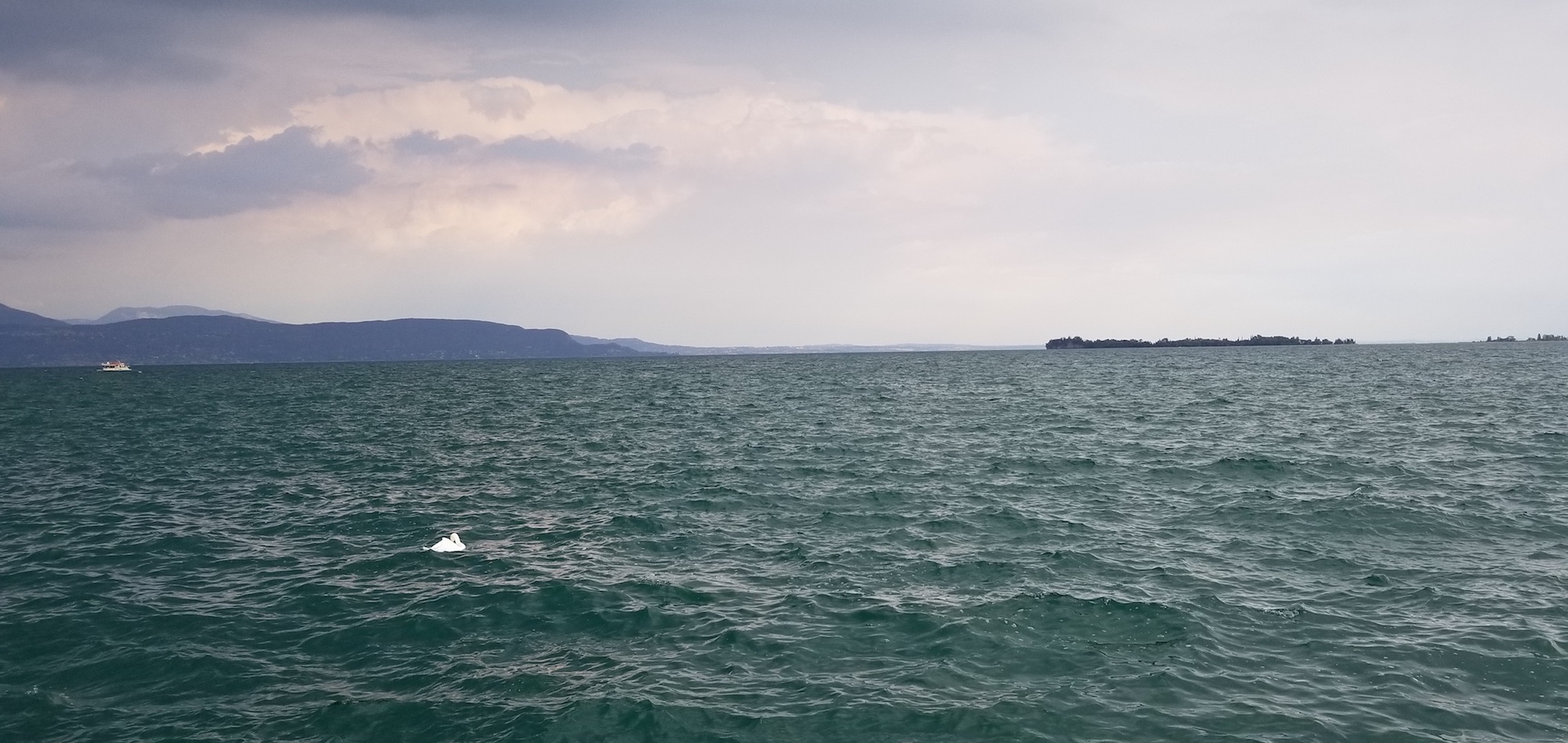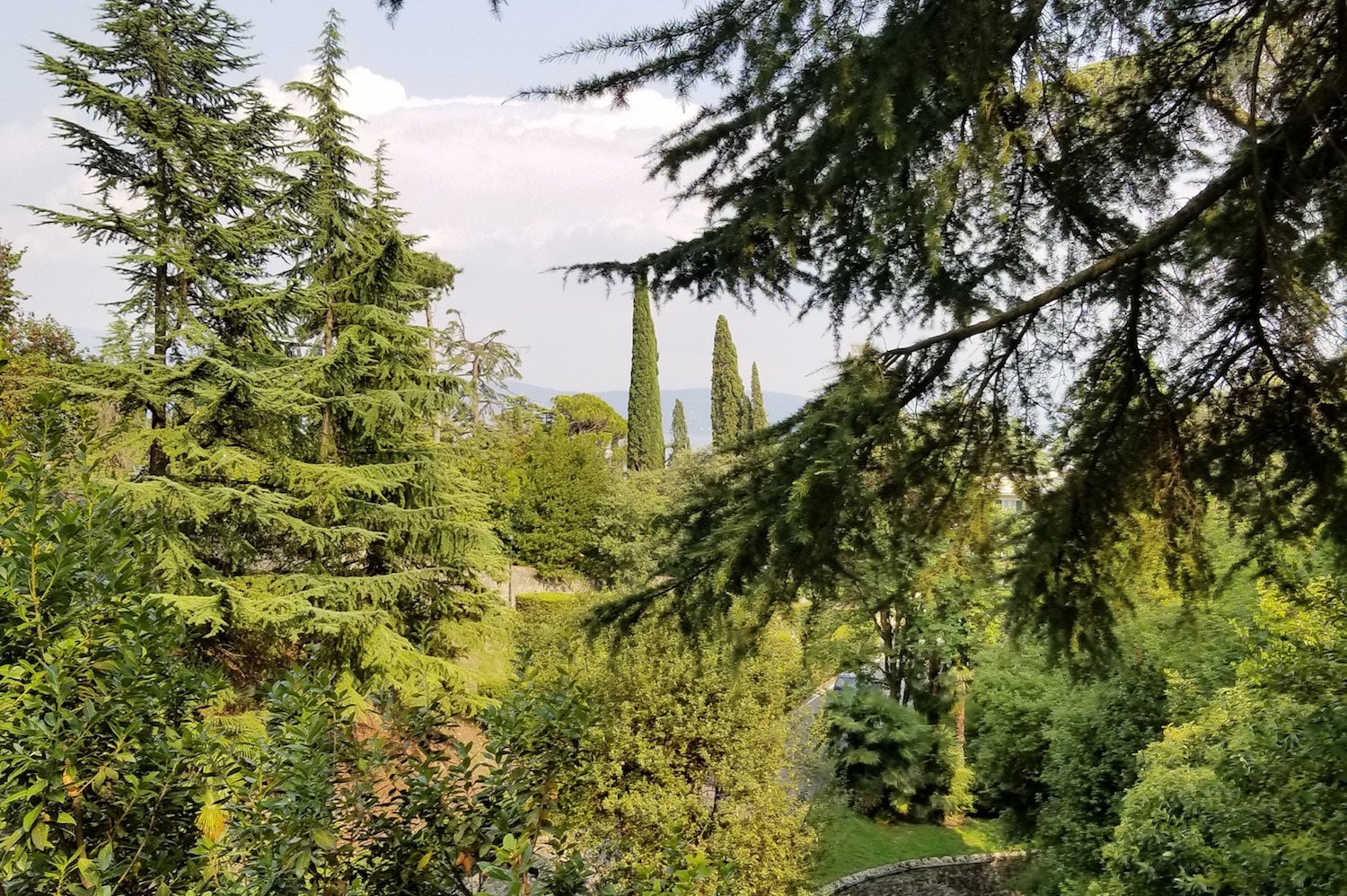The historical context of the opera and its protagonist, Gaius Gracchus, is the late Roman Republic, specifically the years 133 to 121 B.C. This was a period of prodigious civil tumult, one that effectively unleashed one hundred years of political crisis. The strife was resolved only with the ascendancy of Caesar Augustus in 27 B.C., which marks the end of the Republic and the beginning of the Principate or Empire.
Essentially, the government of republican Rome consisted of an aristocratic Senate, two consuls, the supreme executive magistrates, and a popular assembly. (Actually there were three such assemblies, two of which included aristocrats or patricians; but this need not detain us, for the focus of the opera is on the struggle between the Senate and the principal assembly, namely, the Plebeian Council [Concilium Plebis], which included the urban poor, known as the mob.) In addition, there was the revered office of the censor, who functioned as a supervisor of the citizen and senatorial registries, public morality, and state finances. But of greater importance still were the powerful tribunes of the plebs. They were the elected guardians of the rights and liberties of commoners. The tribune’s very person was considered sacrosanct and inviolate. Tribunes could propose laws and had the power of veto over decisions by any Roman official. However, despite the fact that legislation formally emanated from the assembly, the Senate, largely composed of patricians, exercised considerable control in the lawmaking process because of its members’ pedigree, prestige, wealth, and patronage. The Senate was the center of leadership and governance; senatorial approbation, therefore, was invariably necessary for the smooth operation of the state and the orderly life of the city on the Tiber. According to custom, tribunes were expected to consult, if not cooperate with, the body of senators.
By the late Republic, social divisions and tensions were building. Oligarchy was replacing solidarity. The ranks of the mob swelled with landless veterans, the idle poor, and dispossessed plebeian farmers. After years of service in foreign wars, small farmers, the backbone of the Roman citizen army, found themselves in debt or ruin. As a matter of scale, they were unable to compete with the great landowners, who exploited the situation so as to accrue more property, which they put under cultivation by foreign slaves. At the same time, the wealthy increasingly occupied public land and, with the tacit approval of the Senate, treated the ager publicus as private property. The combination of unemployment, landlessness, and massive disparity in wealth became acute, exciting internal hostilities, threatening the peace and unity of the Republic, and undermining military effectiveness.
As a result, amongst the Roman political elite there arose two significant factions: the Optimates and the Populares. The former, or “best men,” favored the interests of property, aristocratic privilege, and fiscal conservatism, while the latter, the populists or “men of the people,” sided with the plebeians and the landless for the sake of social cohesion, military reinvigoration, and their own political advantage. Thus, the Populares, who included a number of the rich and privileged, championed debt relief, grain subsidies, and state confiscation and redistribution to the farming class of any landholdings beyond a historical legal limit. However, the Optimates were not simply the “party” of unrestrained exploitation. Many evinced a respect for Roman law and were often able to cite it in their own behalf. Moreover, men of the highest class had contributed mightily to the cause of Rome through civil benefaction, and their ranks were a continual source of self-sacrificing leaders and outstanding generals. Naturally, the Optimates had a peculiar fear of demagogues, whom they frequently perceived to harbor dictatorial aspirations.
Some eighty years after the period under consideration, the same discord continued to play a role in the politics of Rome, as seen, for instance, in the support of Julius Caesar for the Populares, and in the alignment of Cicero with the Optimates. Many centuries later, the American Founders proved themselves keen students and admirers of the ancient Roman polity, and drew practical lessons from its complex structure, its system of checks and balances, and the factional causes of its demise. Cato the Younger and Cicero exerted a particular fascination upon them; in fact, during the encampment at Valley Forge, George Washington ordered a performance of Joseph Addison’s Cato for the edification of his soldiery. An echo of the Populares and Optimates can be heard in Jefferson’s call for a society of petite agriculturalists, on the one hand, and Hamilton’s preference for the captains of commerce and industry, on the other. Even today we find a renewed preoccupation with the contest between officialdom and the advocates of populism.
All of this harkens back to the Roman brothers Tiberius and Gaius Gracchus, sons of a plebeian father of notable military and political achievements and a patrician mother, Cornelia Africana. The daughter of Scipio Africanus, victor over Hannibal, Cornelia was a formidable Roman matron, diligent in the care and education of her sons. The older brother, Tiberius, a tribune, was determined to see through an agrarian reform against the wishes of the Senate, for which in 133 B.C. the Optimates assassinated him.
Gaius, also a tribune, was by reputation a greater orator and more astute politician than his brother. His populist reform program was ambitious and sweeping, involving issues of land, the judiciary, grain supply, the army, citizenship, taxation, and infrastructure. Furthermore, he courted the prosperous middle class (equestrians), not only to help fund his program, but also to offset the power of the patricians, in particular the Optimates, who had the upper hand in the Senate. For his efforts, Gaius was dealt the same fate as Tiberius. Having rejected the ardent appeal of his wife, Licinia, not to confront the Optimates in a final political showdown, Gaius Gracchus was killed in 121 B.C. on or near the Aventine Hill, with its plebeian sanctuary of Diana. This followed on the heels of the declaration against him of the Ultimate Act of the Senate (senatus consultum ultimum). As a presumed emergency decree equivalent to martial law, it conferred upon a consul the extraordinary power to nullify the actions of a tribune and take measures necessary to protect the state. Before its use against Tiberius, the invocation of the Ultimate Act was unprecedented. In the case of Gaius, the opera provides a climactic twist on the constitutional question of killing a sacrosanct tribune.
Inspired by Plutarch, Gracchus is a literary adaptation of the historical lives and times of the Gracchi, with an allegorical or typological treatment of past and present. As such, while it includes real figures and events, the plot is largely an original fictionalization and a streamlining of the Roman story. Concern for the actual details of the ancient constitutional crisis is, therefore, qualified by dramatic purpose. We hasten to add that there have been no borrowings of a literary or philosophical nature from modern appropriations of the story of the Roman reformers, such as those dating from the French Revolution. Finally, the employment of anachronisms in the opera serves to amplify human themes of perennial relevance, and so must be understood within the opera’s literary and allegorical frame of reference.
